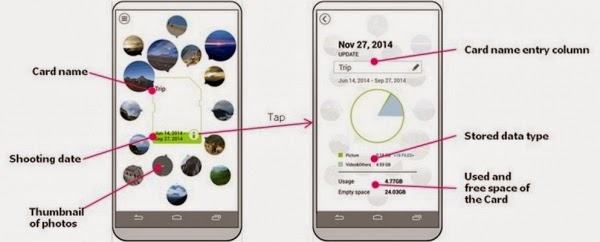The much-touted Apple Watch is one of the most hotly-anticipated devices of 2015 and new information now points to a commercial release in March.
The wearable device race is heating up and there are notable contenders on the market already, but Apple is expected to stir up some waves even if it's rather late to the party. The company unveiled its Apple Watch back in September 2014, along with its latest iPhone 6 and iPhone 6 Plus. At the time, the company offered just a vague release date for its first wearable gadget, saying only that it will launch in "early 2015."
Apple has still not announced a more specific launch date so far, but a new report now claims that the Apple Watch will finally make its commercial debut by the end of March. According to a new report from Apple-centric publication 9to5Mac, Apple retail staff will receive training in how to use and sell the Apple Watch starting in mid-February, and the device will start shipping by the end of March.
"Several sources tell us that Apple is planning an extensive testing program to familiarize Apple Retail Store employees with the new product category. One or two representatives from many Apple Stores in the United States, depending on store and market size, will be sent to Apple offices in either Cupertino, California or Austin, Texas to learn first-hand about the Watch. These training programs will take place between February 9th and February 16th," explains the report.
"In the couple of days preceding the official Apple Watch release date, these employees will then train other employees in their respective stores. In the months following the device's introduction in September, Apple has been polishing up the Watch OS and putting the device's battery through more extensive testing. Apple has also been working overtime to improve the inductive charging mechanism necessary for charging up the device each night," 9to5Mac further adds.
As a reminder, the Apple Watch will come in three versions: the Apple Watch Sport in polished or black stainless steel, the standard Apple Watch in grey or silver anodized aluminum, and the luxury Apple Watch Edition, in rose or yellow 18-carat gold. Each Watch, regardless of version, will be available in two sizes: 38mm and 42mm.
The Apple Watch further features a traditional side-winder called a Digital Crown, which will allow users to navigate the interface. Users will be able to zoom in and out, scroll, and navigate simply by rotating the Crown. The same side-winder will also serve as some sort of home button, as well as a means to activate Siri.
As expected from a smartwatch, the Apple Watch will allow users to send and receive messages, answer calls to their iPhone, and shared personalized health data.
The iWatch is expected to launch with a $349 price tag in the U.S., which is significantly more expensive than other smartwatches on the market. On the other hand, Apple devices have never been exactly cheap, and fanboys always seem willing to pay good money for a shiny new iGadget.



















